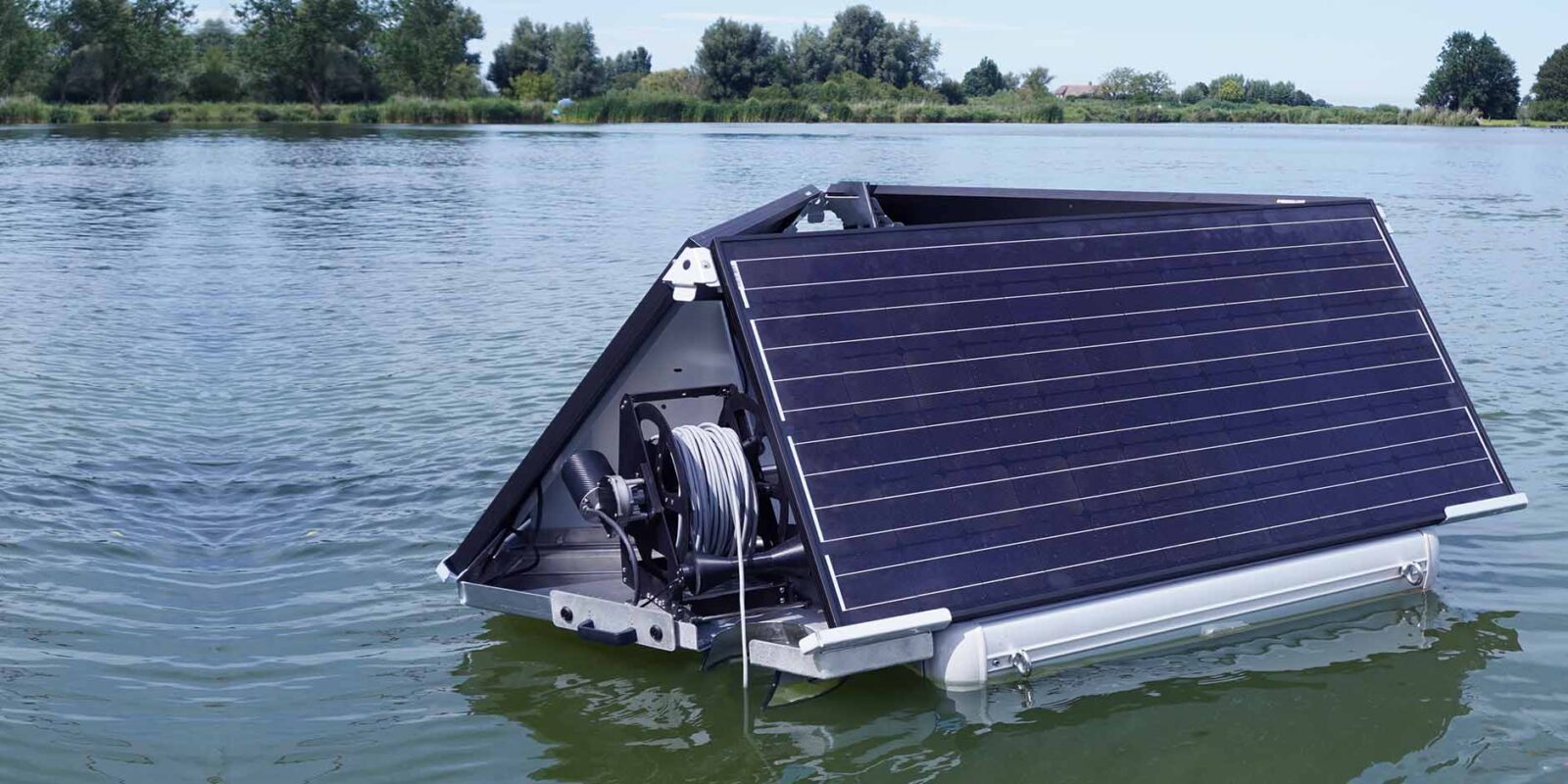We have just launched a new high-tech phosphate (PO4) sensor .The product is the result of our successful cooperation with Dublin City University. After years of research and development, you can now measure PO4 in a more accurate way.
- Measure PO4 at different depths and get a detailed vertical profile of phosphate concentration in your lake;
- The sensor enables the end user to measure the seasonal phosphate release from the sediments;
- The winch allows configuration of different depths, which enables flexibility and custom utilization of the vertical profiling as per customer requirement;
- The system is equipped with a peristaltic pump and the line is lowered to the required depth; There is a reduced chance of biofouling occurring;
- The reagents and waste are contained within the system and replaced at regular intervals; No chemical release into the water.
Nutrients, such as nitrogen and phosphorus, are essential in any aquatic ecosystem. Yet, their overabundance can cause adverse health and ecological effects. The source of PO4 in a water body can vary. It’s important to know exactly where it comes from and in what quantity, as Harmful Algae Blooms (HABs) are fueled by PO4.
According to Dr. Margaret McCaul, one of the lead researchers of the study and Team Leader & Research Fellow at Dublin City University:
“Traditionally, phosphate levels in natural water are taken by manual collection and subsequent laboratory analysis. This process is not only labor-intensive and costly but provides limited data regarding the spatial and temporal variation of the nutrient within the waterbody.”
The new LG Sonic PO4 Sensor is unique. You can measure PO4 in real-time, at different water depths. “Real-time monitoring using the phosphate sensor will provide reliable in situ measurements, which can offer temporal and spatial data resolution necessary to enhance our understanding of the processes that drive the changes in nutrient levels within natural waters,” added Margaret.
When asked about the project, she stated that the team “has combined lab-on-chip innovative 3D printed microfluidics, electronics, and IoT communications with LED and photo-detector to measure the color, which is related to the concentration of phosphates on natural waters. Prototype phosphate platforms run autonomously and were field tested extensively in marine and freshwater bodies.”
The picture below was taken on-shore, after six months of quality testing of the sensor.
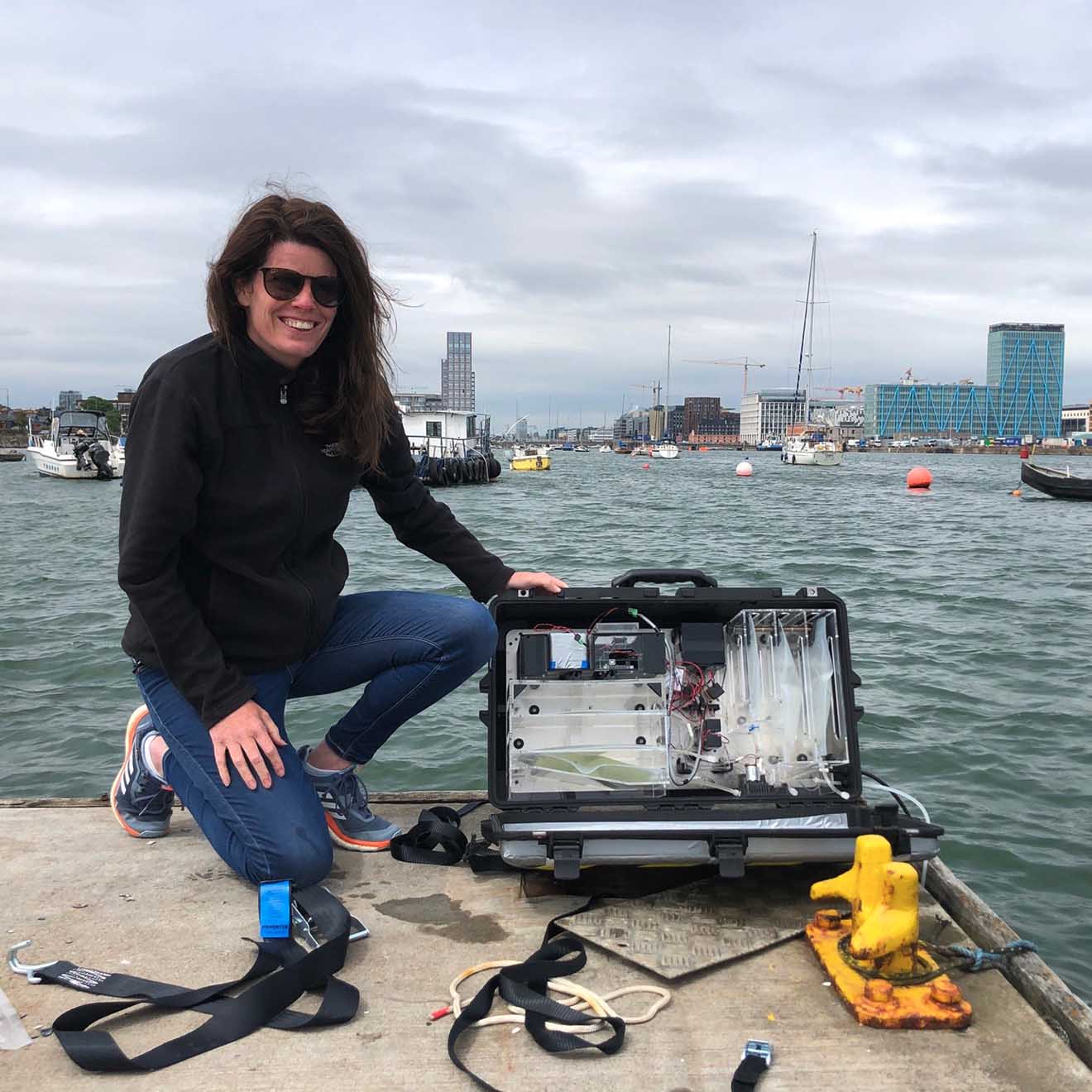
Through the implementation of the Yellow Method, the LG Sonic PO4 Sensor provides highly accurate readings over a larger measurement range. Additionally, its stability at high-temperature ranges, the lab-on-chip technology, and the fact that it operates completely autonomously, is what really differentiates LG Sonic’s PO4 Sensor from the competition.
“The state-of-the-art lab-on-chip technology is capable of highly accurate and precise readings of phosphate. The ability to measure at different depths enables our customers to have a phosphate profile of their water body,” says Rahul Shenoy, R&D Manager at LG Sonic HQ.
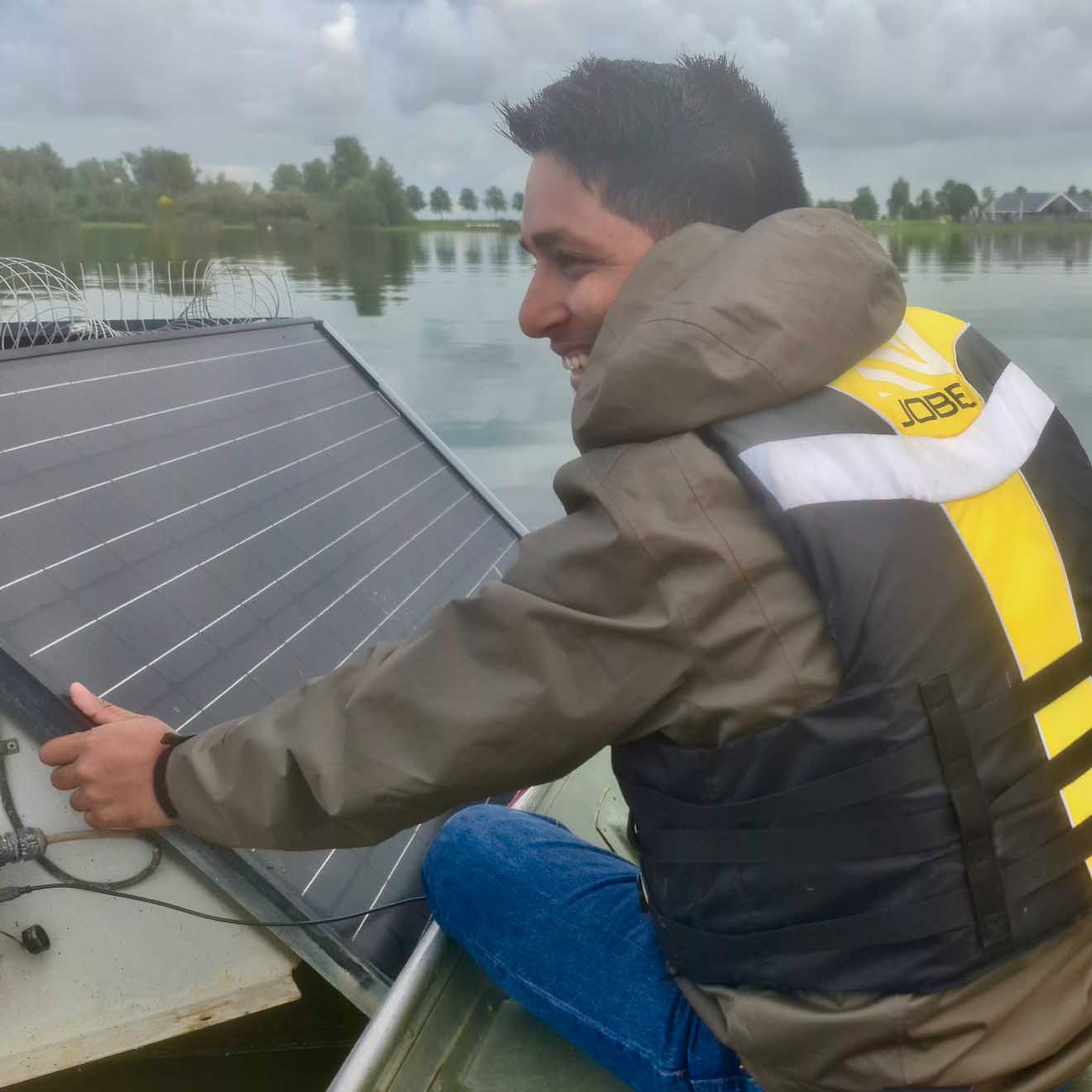
Rahul further stated that ”as seen in the graphs below, the sensor measurements correspond linearly over a large range.”
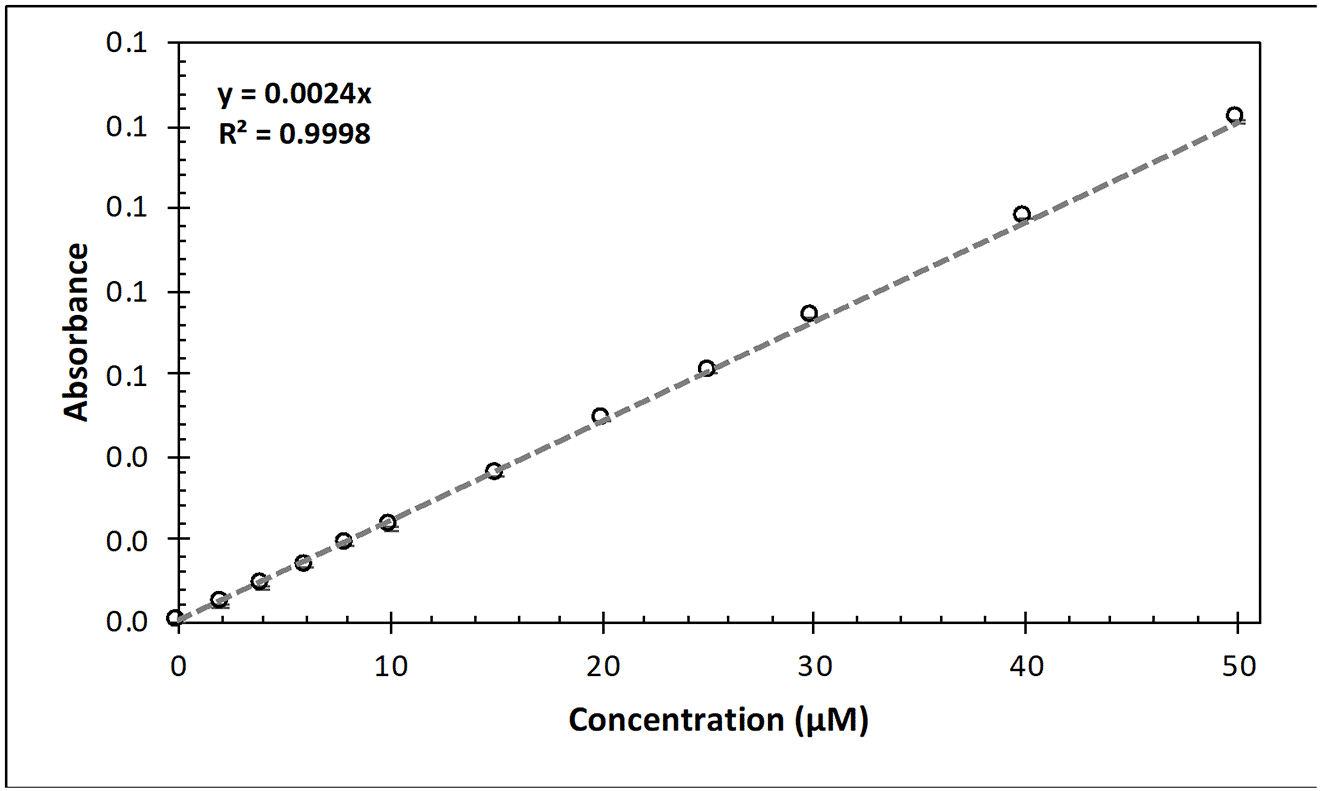
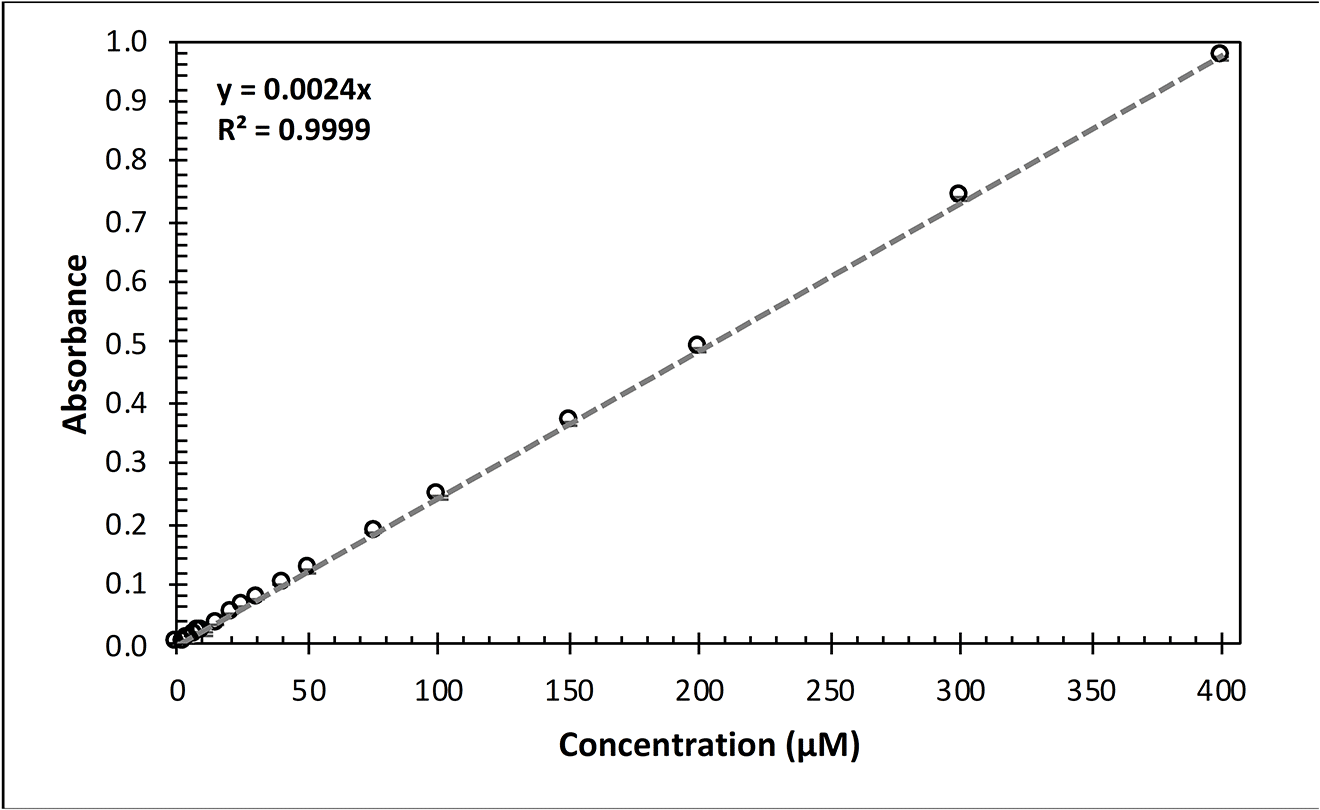
He concluded: “It’s truly fulfilling to witness the launch of the PO4 sensor after 1.5 years of in-house development. The complete design is a result of putting our customers’ needs first and taking into account their invaluable feedback.”
The sensor has a robust design and high durability of reagents. It automatically calibrates itself during each measurement, ensuring high accuracy and reliability of the sampled data. It also cleans for ease of use and minimal maintenance.
Combined with the other LG Sonic monitoring solutions, customers gain a complete overview of their water quality, delivered in real-time to the MPC-View online software.
